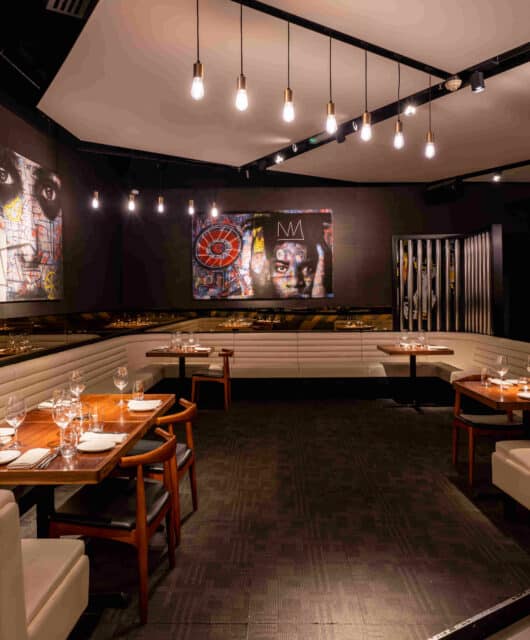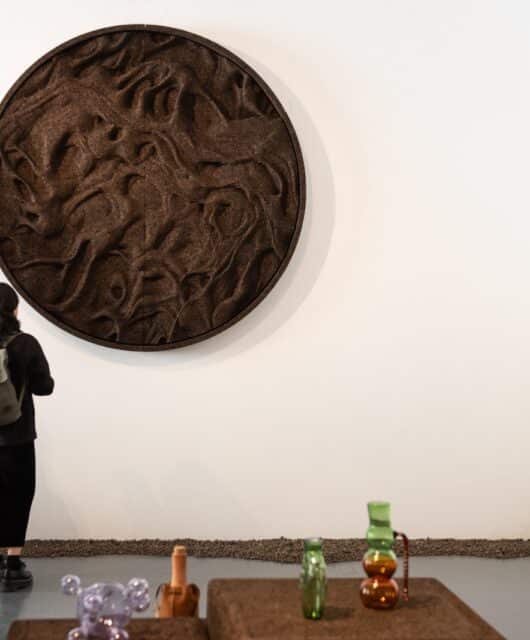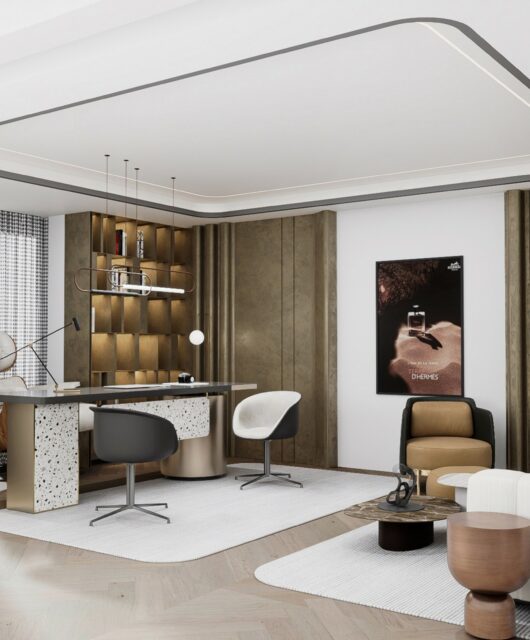Zaha Hadid with AKT II and Hilson Moran develop a digital architectural platform for a Caribbean residential project
 Zaha Hadid Architects with AKT II and Hilson Moran partnership have developed a digital architectural platform to create homes for Roatán Próspera. The residential designs are a specific ecological and social response to the climate, terrain and culture of Roatán in the Caribbean, the largest of the Bay Islands of Honduras.The designs learn from the wisdom of the past, integrating the local vernacular tradition of timber construction, climatic appropriateness and spatial experience with new digital design, engineering and, construction techniques.
Zaha Hadid Architects with AKT II and Hilson Moran partnership have developed a digital architectural platform to create homes for Roatán Próspera. The residential designs are a specific ecological and social response to the climate, terrain and culture of Roatán in the Caribbean, the largest of the Bay Islands of Honduras.The designs learn from the wisdom of the past, integrating the local vernacular tradition of timber construction, climatic appropriateness and spatial experience with new digital design, engineering and, construction techniques.
Working with AKT II, the design approach starts from a comprehensive understanding of the local supply chain, logistics and construction techniques to promote the use of local materials, craftsmanship and manufacturing facilities which support the economy of the region.
The design’s modular system is founded on the use of sustainable timber, sourced nearby from certified forests on the Honduran mainland and treated locally, to form the main structural elements. Digital information technologies will optimise the use of all parts of the sustainably-forested logs to minimize waste and pollution. This process also contributes to reducing the embedded construction energy and carbon footprint of the development.
 Erick A. Brimen, CEO of Honduras Próspera LLC, explains: “The design prioritises sustainability and is integral to our vision for Roatán Próspera. The island of Roatán is already a renowned tourist destination. Roatán Próspera will strengthen and diversify the local economy while creating homes defined by their natural environment.”
Erick A. Brimen, CEO of Honduras Próspera LLC, explains: “The design prioritises sustainability and is integral to our vision for Roatán Próspera. The island of Roatán is already a renowned tourist destination. Roatán Próspera will strengthen and diversify the local economy while creating homes defined by their natural environment.”
With considerable reductions in waste material, and a higher quality of construction due to the greater precision achieved by off-site fabrication, this modular system of assembly is a cost-controlled solution specifically tailored to local supply chains, transportation and installation.
The dimensions of the structure’s base timber units have been established to follow the constraints of the local transportation networks to ensure carbon emissions and logistics costs are minimised. The use of lightweight timber results in a reduced and adaptive foundation system that can be fabricated off-site, keeping intervention to the site minimal and giving maximum protection to the site’s native flora and fauna.
The design’s passive environmental control strategies minimise energy consumption by reducing temperatures to improve thermal comfort, with little or no requirements for mechanical ventilation.
Optimising renewable resources to reduce energy consumption and generate water, the modules are designed to be self-shading, open and oriented towards the prevailing sea breeze for natural cooling. Local, natural materials and ground coupling provide further cooling to interior spaces. When required, water is removed from the atmosphere for supplementary cooling by dehumidification. This water is harvested and filtered and available for use in each home.
For self-sufficient and net zero carbon operations, shading canopies are optimally shaped to accommodate photovoltaic arrays for renewable power generation. Batteries will store renewable electricity for future use.
The digital configuration platform allows home-owners to plan their homes and connect with local suppliers; bringing the construction and operational benefits from the digitisation of the buildings. The platform can be used to accommodate the specific spatial needs of family members, share resources and costs with neighbours and allow flexibility for communal modules such as a children’s play area. This digital platform adapts varying configurations of standardised parts to create individual residences that suit each homeowner.
Applying parametric design software developed by the Computational and Design Group at ZHA (ZHCODE) and the Computational Engineering Team at AKT II, (P.ART), the platform ensures that each residence is developed specifically to the configuration defined by each homeowner. It also ensures that each home is fundamentally sustainable by using as little material and energy as possible in its construction and operation with the shapes of each element within the building being environmentally appropriate, particularly from a solar and ventilation perspective.







